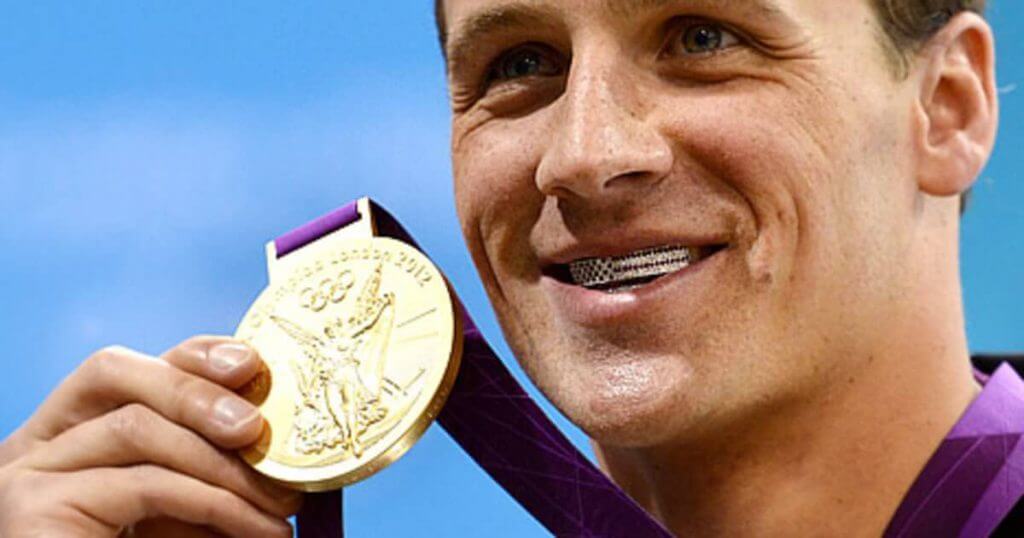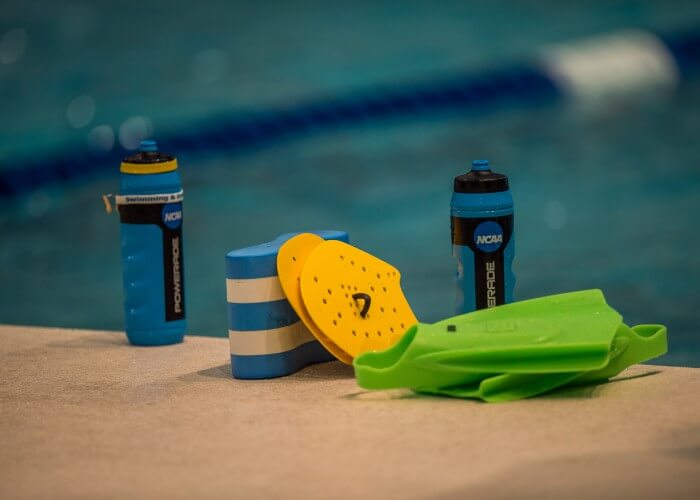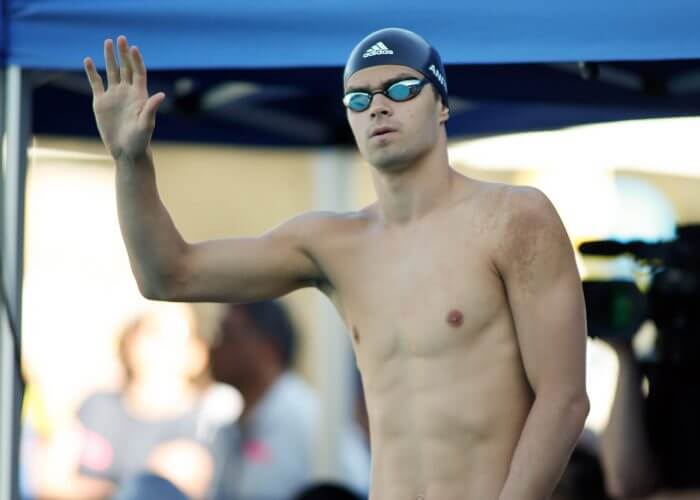A Cost Benefit Analysis of a Lifelong Swimming Career

By Ailish Dougherty, Swimming World College Intern.
As any swim parent knows, the costs of a lifetime of competitive swimming can be hefty. From humble beginnings in a learn-to-swim program, to earning a spot on a college team, there are many prices to be paid to ensure a happy, successful swimming career. Parents looking to become shareholders in such a costly endeavor may have questions about the risks and payoffs of their investment. So what exactly are the costs and benefits of a lifelong swimming career?
Cost
First of all, learning to swim at a trusted establishment be a pricey undertaking. For example, at Friends’ Central Aquatics in Wynnewood, PA, a spot at their popular swim school is $190 for six half-hour sessions, and a slot with a private instructor can be as expensive as $260. Most parents would argue that instruction is worthwhile. However, as becoming water-safe is a necessity for all children, and stroke technique refinement is extremely helpful for an aspiring age-group swimmer.
Once a young swimmer is ready to join a USA swim team, there are other fees to consider.
Club team memberships can range from around $300 to $600 for beginners, and approximately $1000 to $2000 for advanced swimmers. For example, at Club Wolverine, an elite swim club that is routinely ranked the number one club in the state of Michigan and sends 30 to 40 swimmers to Olympic Trials every four years, the senior team costs $1120 for a full season. Now, add in USA Swimming fees (about $50), meet registration (average $5 an event), and team dues.
Multiply that yearly number by ten or so years, and you’re looking at over ten thousand dollars on registration fees alone. There’s also meet travel and lodging for, on average, one meet a month. Add to that the equipment and apparel that swimmers consistently use (and the newer models that they always “need”): goggles, which can range from $10-15 and need to be replaced every year or so, caps, about $5-10, which you can never have enough of, and suits. Oh, the suits.

Photo Courtesy: Peter H. Bick
Regular practice suits can range from $25-70 for girls, and $20-45 for boys. Most girls have at least four or five practice suits, and boys often hoard suits as well. Let alone competition suits, the likes of Arena, TYR, and Speedo, whose newest models can cost up to $500 – and which have to be replaced every season, to ensure their advantages. That equipment can add up to about $700 per year.
A select few swimmers will go on to swim at a Division I school, where they may receive scholarship money to support their career. However, those who choose to go DIII do not have the option for athletic scholarships, and tuition at prestigious private colleges is often steep. Even for those receiving partial athletic scholarships, there is still a chunk or tuition left to be paid. In college, costs also include social dues, team apparel, and training trip fees.
Yes, parents may not necessarily bear the entire burden, especially after the swimmer reaches a certain age, but they do contribute an incredibly large amount to the success of their child in the swimming world. While an extreme case, Missy Franklin‘s parents stated to the NYT that they would spend upwards of $100,000 on swimming-related expenses for her in 2012 alone.
Benefit
Now that we know how much it takes to sustain an elite swimmer throughout their career, what can parents expect as returns on their investment? Is it all worth it in the end?
While other kids may switch around, undecided with what sport to play or hobby to take up, many swimmers stay the course. They are forever fit and healthy, academically talented, and extremely strong-willed. While only a small fraction of swimmers turn professional or achieve fame at the Olympics or Worlds, swimming is an activity that takes kids away from the screens and gives them somewhere worthwhile to devote their youthful energy.
Throughout their time on various teams, swimmers learn valuable skills of dedication and perseverance, all the while developing an unstoppable work ethic. Not to mention leadership, teamwork, and ability to take direction; swimming gives children an incredible leg up into the academic and professional world.
Whatever division they choose, competitive swimmers attend top colleges around the world and can receive thousands of dollars in scholarship money, all thanks to the time and money they’ve spent cultivating their talent.

Photo Courtesy: Stan Szeto/USA Today Sports
Going the extra mile for your child can set them up for greatness – just look at 18-year-old Michael Andrew‘s family. The youngest swimmer to ever turn pro, Andrew attends online school and sets up his schedule around practice times while training under his father’s guidance in their state-of-the-art backyard pool. Talk about sacrifices. But his hard work and his parents’ dedication have paid off dividends, including partnerships with Adidas and Masimo Health, World Championship medals, and a fourth-place finish at Olympic trials.
And as we all know, Michael Phelps has a net worth of 55 million dollars. I’d say that Debbie Phelps thinks it was all worth it.
All commentaries are the opinion of the author and do not necessarily reflect the views of Swimming World Magazine nor its staff.




I see the costs… Where is the benefit analysis
Hardly! What do you really know about him!!!????
Kelly McNamara
Josh Barila
This is cheap compared to sports like Figure skating where elite skaters spend 50,000 a year for a coach and chronographer.
This is cheap compared to sports like Figure skating where elite skaters spend 50,000 a year for a coach and chronographer.
Swimming is cheap…. When you look at cycling. You can pay those decades worth fees on just 1 bike!
How old was Anita Nall when she was signed by NIKEswim back in the mid 90’s?
Excellent article Victoria! The benefits always have and always will outweigh the costs xxx